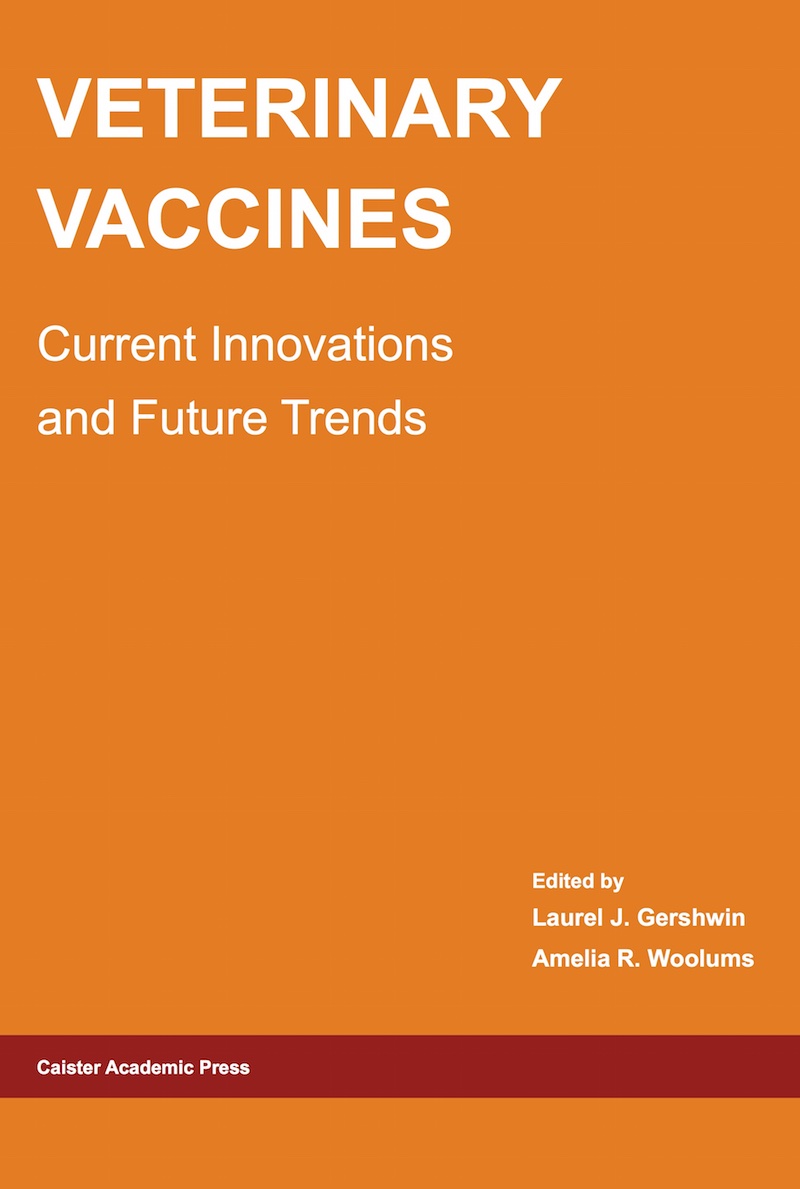Within-host Evolution of Campylobacter jejuni
John P. Jerome and Linda S. Mansfield
from: Campylobacter Ecology and Evolution (Edited by: Samuel K. Sheppard). Caister Academic Press, U.K. (2014)
Abstract
Pathogens can adapt to the host environment through changes in gene expression or by selection for mutations. For bacterial pathogens within-host gene expression has been studied extensively, but adaptation through mutation during infection has only been lightly researched. However, by comparing ancestral and host-passaged populations, researchers have shown that C. jejuni is able to rapidly adapt during infection by heritable changes. Host passage of C. jejuni often leads to increased flagellar motility - an important phenotype that enhances C. jejuni-host interactions. In addition, host passage results in C. jejuni with increased rates of colonization, and with higher virulence, during subsequent host infections. Recently, homopolymeric DNA tract mutations, and large-scale genomic rearrangements, have been implicated as potential mechanisms for these phenotypic changes. In the future, advances in sequencing technologies and predictive models of homopolymeric DNA mutability will help to elucidate the mechanisms underlying the ability of C. jejuni to rapidly adapt by genetic change during host infection read more ...



